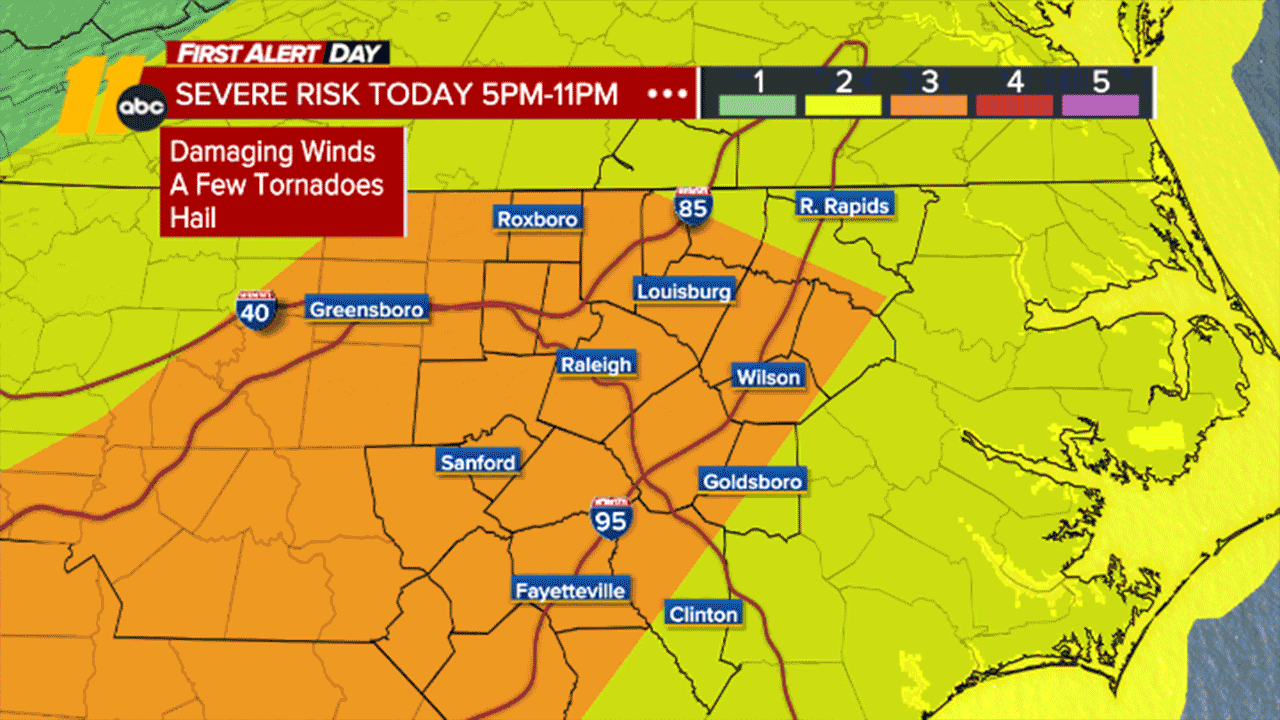Social distancing: What it is and how it slows spread of coronavirus

Concerts are canceled, sporting events have postponed, and even Disney World plans to temporarily shut down, all for the sake of social distancing.
Experts say "social distancing" is the best way to mitigate the impact of the new coronavirus pandemic that's now taking a hold of America. But what does it mean, and why is it effective?
The Centers for Disease Control and Prevention defines "social distancing" as the act of "remaining out of congregate settings, avoiding mass gatherings and maintaining distance (approximately 6 feet) from others when possible."
Health officials say this practice is one way slow the spread of COVID-19, which for most people causes mild or moderate symptoms, such as fever and cough that clear up in two to three weeks. For some, especially older adults and people with existing health problems, it can cause more severe illness, including pneumonia and death.
The virus spreads between people who are in close contact with one another, according to the CDC, and experts say each infected person will infect about two or three others, leading to an exponential growth of the virus.
Even though the outbreak is already overwhelming several American communities, protective measures help "flatten the curve" in the relationship between the number of reported cases and time since the first reported case. In other words, a slow spread makes sure the rate of infections doesn't outpace the country's health care response.
"At the moment, [social distancing is] the only tool available to fight the spread of the coronavirus," said Thomas Perls, a professor of Medicine at Boston University. "Experts estimate that a vaccine is 12 to 18 months away. For now, there are no drugs available that can slow down a coronavirus infection."
RELATED: Cancellations, suspensions and shortages related to the global coronavirus outbreak
Here's how you can practice effective social distancing:
If the virus is already widespread in your community:
How to see a doctor while social distancing:
There's a big question on a lot of minds right now: How do you see a doctor when we are supposed to be social distancing due to the spread of the coronavirus?
The answer is telemedicine -- using your phone to see your physician -- and it's now exploding in popularity.

The concept -- seeing a doctor remotely via video, phone or text -- has never really picked up steam until now.
"In a crisis such as COVID-19 our goal is to benefit the public and decrease the risk of infection and telemedicine is a perfect opportunity to do that," Dr. Rahul Sharma told GMA.
Telemedicine allows those who are immunocompromised or quarantined to get a doctor's advice from home.
"So while I might not be able to listen to someone's lungs, I can actually look at their respiratory pattern, if they're actually breathing fast," Dr. Sharma said. "We can actually have the patient take their own heart rate so there are ways for us to examine these patients and it's actually very helpful."
RELATED: What is quarantine? Can it stop COVID-19?










